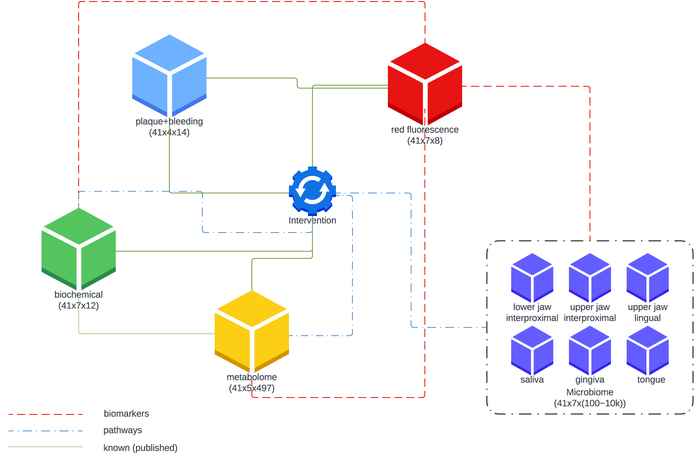Biosystems Data Analysis
Group leader prof. Aalt-Jan van Dijk
Measurements on biological systems generate an abundance of data. These data have to be transformed to information (summarised) and presented to the user (visualised). One way of doing both simultaneously is by using models.
